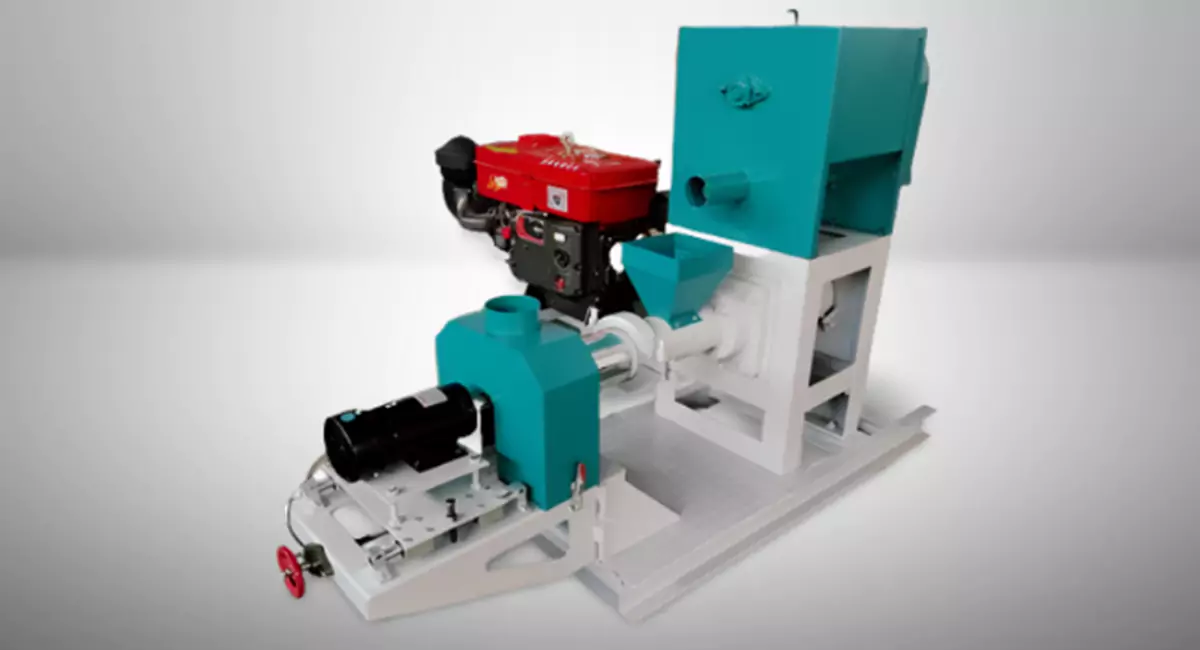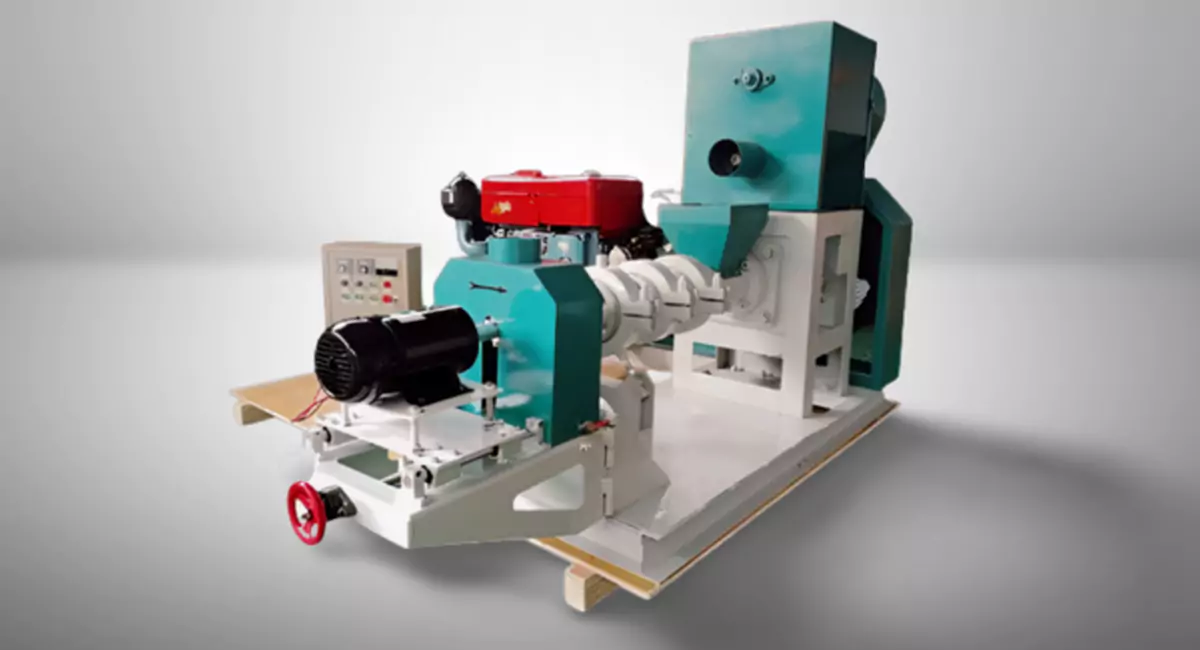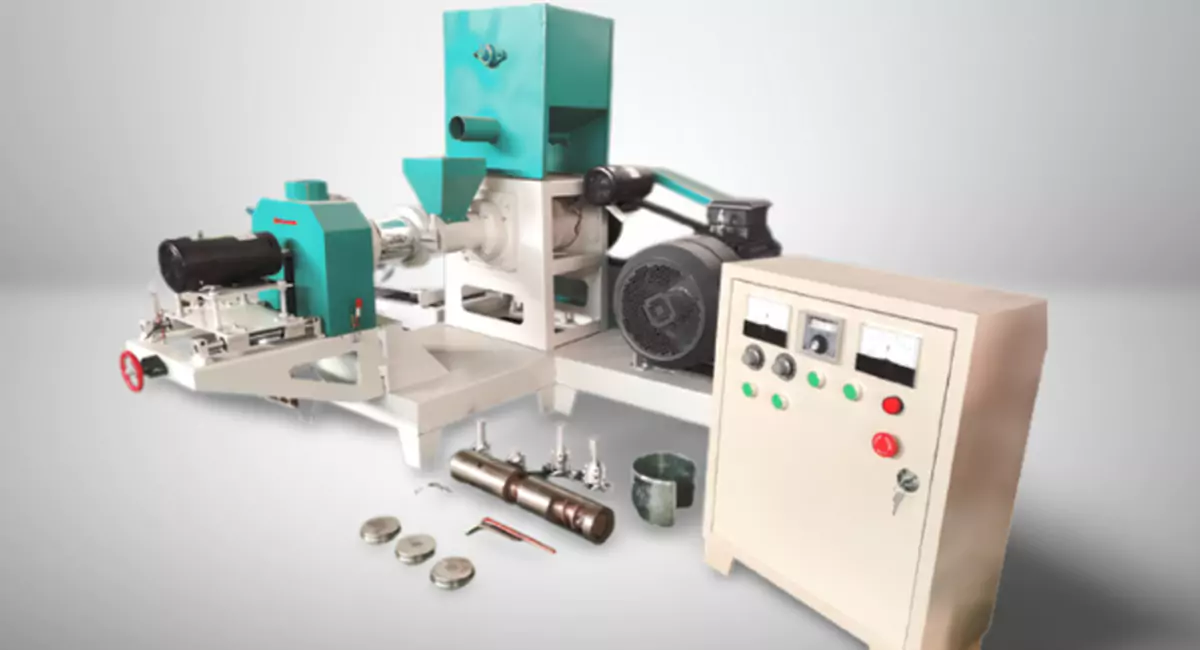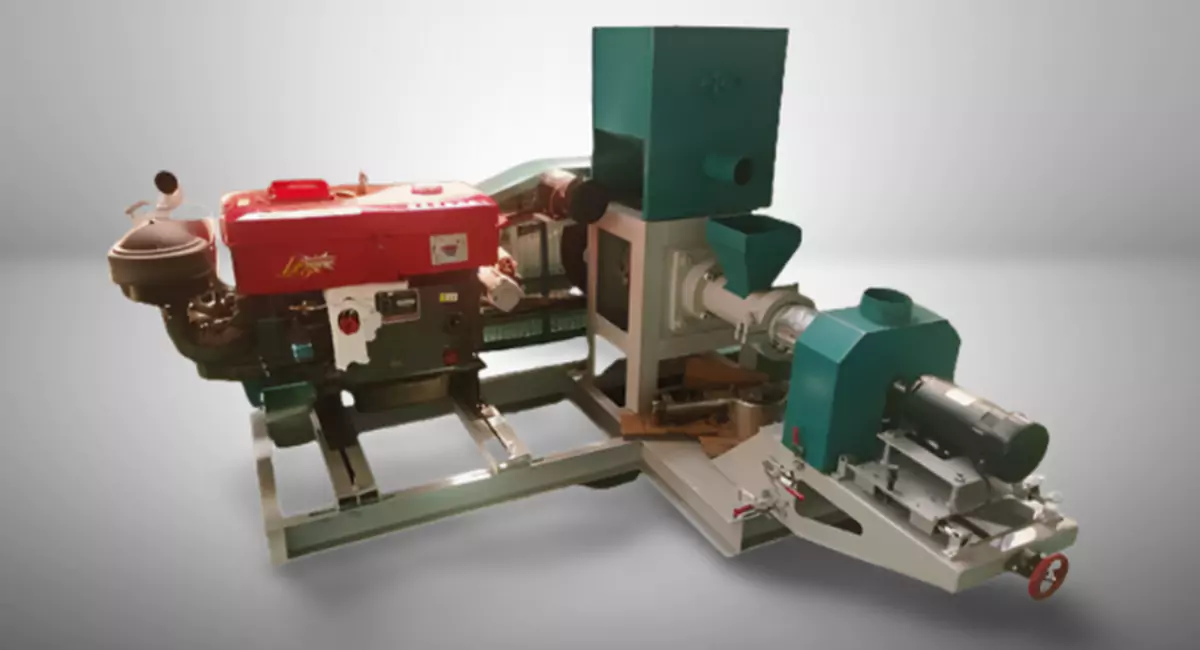Introduction
Controlling your farm’s expenses is essential, and feed is often the biggest cost. A proper fish feed formulation is the key to solving this problem. It allows you to create high-quality, balanced meals using affordable fish feed ingredients. This guide is designed to be simple. We’ll break down the science and show you how to create your own effective fish feed from scratch.
The Building Blocks: What Nutrients Do Your Fish Need?
Before you can make fish feed, you need to know what goes into it. A good fish feed formulation is all about balancing a few key nutrients. Think of these as the essential building blocks for healthy fish.
Protein: The Most Important Nutrient
Protein is the engine of growth for fish. It builds muscle and tissue. The protein requirements for fish feed can vary a lot. Young, growing fish might need a feed with 35-45% protein. Adult fish of the same species might only need 25-35%. Getting this number right is the most important step.
Fats and Oils (Lipids)
Fats are a major source of energy. Healthy fats, like those containing Omega-3s, also play a big role in keeping fish healthy. A good feed formulation usually includes 5-15% fat, depending on the fish.
Carbohydrates, Vitamins, and Minerals
Carbohydrates from ingredients like corn or wheat are a cheap source of energy. They also help bind the feed pellets together. Just as important is a vitamin and mineral premix. This small part of the formula is vital for preventing disease and supporting a healthy immune system.

Choosing Your Fish Feed Ingredients
Once you know what nutrients you need, you can pick your ingredients. A good fish feed raw material list will have options for protein, energy, and binders. Using local ingredients is often the best way to keep costs down.
Common Protein Sources
This is where most of your cost will be. High-protein ingredients are essential.
Soybean Meal: The most popular plant-based protein. It’s widely available and has a great nutrient profile.
Fishmeal: A very high-quality protein made from dried fish, but it can be expensive.
Cottonseed Meal: Another good plant-based option, but best used in combination with other sources.
Common Energy (Carbohydrate) Sources
These ingredients provide energy and act as the base for your feed.
Corn (Maize): A cheap and excellent source of carbohydrates.
Rice Bran: A great ingredient that provides both energy and some protein.
Wheat Pollard: A byproduct of flour milling that is a good, low-cost energy source.

How to Create a Balanced Formula (The Easy Way)
This is where it all comes together. You don’t need complex software to start. A simple tool called the Pearson square can help you balance your two main ingredients perfectly.
The Pearson Square Method for Fish Feed Formulation
Let’s say you want to create a feed with 30% protein. You have two main ingredients: Soybean Meal (which has 45% protein) and Corn (which has 10% protein).
Here’s how you use the square:
- Draw a square. Write your target protein level (30) in the center.
- Write your ingredients on the left corners. Put Soybean Meal (45) on the top left and Corn (10) on the bottom left.
- Subtract diagonally.
- 45 – 30 = 15. Write “15 parts Corn” on the bottom right corner.
- 30 – 10 = 20. Write “20 parts Soybean Meal” on the top right corner.
- Read the results. The square shows you need 20 parts Soybean Meal and 15 parts Corn. That’s a total of 35 parts.
To turn this into a 100kg formula, you would need about 57kg of Soybean Meal and 43kg of Corn to get your 30% protein base. The rest can be your vitamin/mineral premix and binders.

Tips for a Low-Cost Fish Feed Formulation
Making your own feed is already a cost-saver. But you can lower your costs even more with a few smart choices.
Use Locally Available Ingredients
Don’t just follow a recipe you found online. See what’s grown in your area. Using local agricultural byproducts can dramatically reduce your material and transportation costs.
H3: Consider Alternative Protein Sources
While fishmeal and soybean meal are popular, they aren’t the only options. In some areas, things like poultry by-product meal or even insect meal can be high-quality, cheaper alternatives.
Helpful Tools for Feed Formulation
The Pearson square is great for beginners. As you get more advanced, you may want more powerful tools.
Many agricultural universities offer free PDF guides and spreadsheets to help with calculations. For very complex formulas with many ingredients, professional fish feed formulation software is also available. It can help you balance multiple nutrients at once for the lowest possible cost.
FAQ
1. How is floating fish feed formulation different?
The formulation itself is similar, but the ingredients and manufacturing are key. Floating fish feed formulation requires more starchy ingredients like corn. The feed is then made with an extruder, which cooks and expands the pellet, trapping air inside so it floats.
2. Can I use this method for tilapia or catfish?
Yes. The Pearson square method works for any fish. You just change the target protein in the center of the square. For example, use 28% for tilapia or 32% for catfish, then follow the same steps.
3. Where can I find a reliable fish feed raw material list with nutrient values?
Look for resources from government agriculture departments or local universities. They often publish reliable, free data on the nutritional content of common feed ingredients.

Fish Feed Ingredients Table:
| Ingredients | % in Feed | Purpose/Contribution |
| Fish Meal | 40% | High-quality protein, essential amino acids |
| Soybean Meal | 25% | Plant-based protein, amino acids |
| Wheat Flour | 10% | Energy source, binding agent |
| Fish Oil | 10% | Essential fatty acids (Omega-3s), energy source |
| Corn Gluten Meal | 5% | Protein, energy source |
| Vitamin & Mineral Premix | 5% | Essential vitamins and minerals |
| Blood Meal | 2% | Protein source |
| Di-Calcium Phosphate | 1% | Phosphorus source |
| Lysine (amino acid supplement) | 1% | Essential amino acid |
| Methionine (amino acid supplement) | 1% | Essential amino acid |
floating fish feed formulation ingredients
| Ingredient Type | Ingredient | Percentage (%) | Unit Weight (g/kg) | Alternative Percentage (%) | Alternative Unit Weight (g/kg) |
| Protein Source | Fish Meal | 40% | 400 | 35% | 350 |
| Soybean Meal | 20% | 200 | 25% | 250 | |
| Carbohydrate Source | Corn Meal | 20% | 200 | 15% | 150 |
| Wheat Flour | 5% | 50 | 10% | 100 | |
| Lipid/Fat Source | Fish Oil | 6% | 60 | 6% | 60 |
| Soybean/Vegetable Oil | 2% | 20 | 3% | 30 | |
| Vitamins & Minerals | Vitamin Mix/Premix | 6% | 60 | 1% | 10 |
| Mineral Mix | — | — | 1% | 10 | |
| Additional Ingredients | Antioxidants | — | — | 1.5% | 15 |
| Stabilizers | — | — | Included in 1.5% | Included in 15 | |
| Flavorings | — | — | 0.5% | 5 | |
| Binders | Gelatin | 1% | 10 | — | — |
sinking fish feed formulation ingredients
| Ingredient Type | Ingredient | Percentage (%) | Unit Weight (g/kg) | Alternative Percentage (%) | Alternative Unit Weight (g/kg) |
| Protein Source | Fish Meal | 40% | 400 | 35% | 350 |
| Soybean Meal | 20% | 200 | 25% | 250 | |
| Carbohydrate Source | Corn Meal | 20% | 200 | 15% | 150 |
| Wheat Flour | 5% | 50 | 10% | 100 | |
| Lipid/Fat Source | Fish Oil | 6% | 60 | 6% | 60 |
| Soybean/Vegetable Oil | 2% | 20 | 3% | 30 | |
| Vitamins & Minerals | Vitamin Mix/Premix | 6% | 60 | 1% | 10 |
| Mineral Mix | — | — | 1% | 10 | |
| Additional Ingredients | Antioxidants | — | — | 1.5% | 15 |
| Stabilizers | — | — | Included in 1.5% | Included in 15 | |
| Flavorings | — | — | 0.5% | 5 | |
| Binders | Gelatin | 1% | 10 | — | — |
